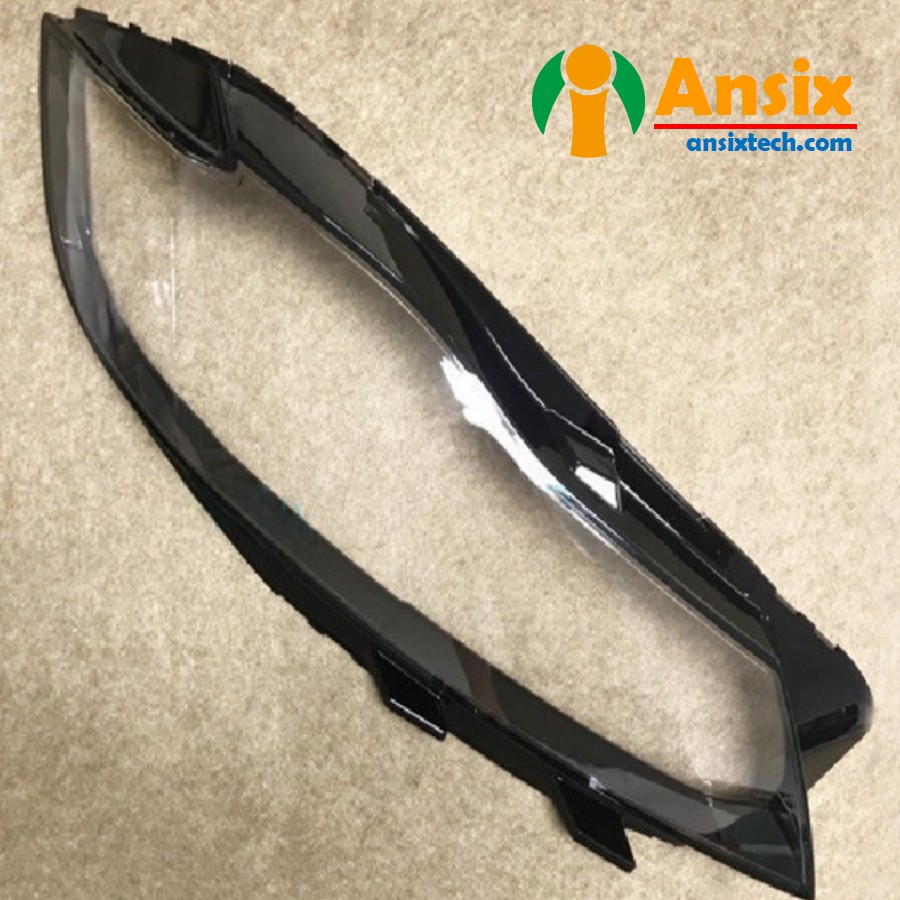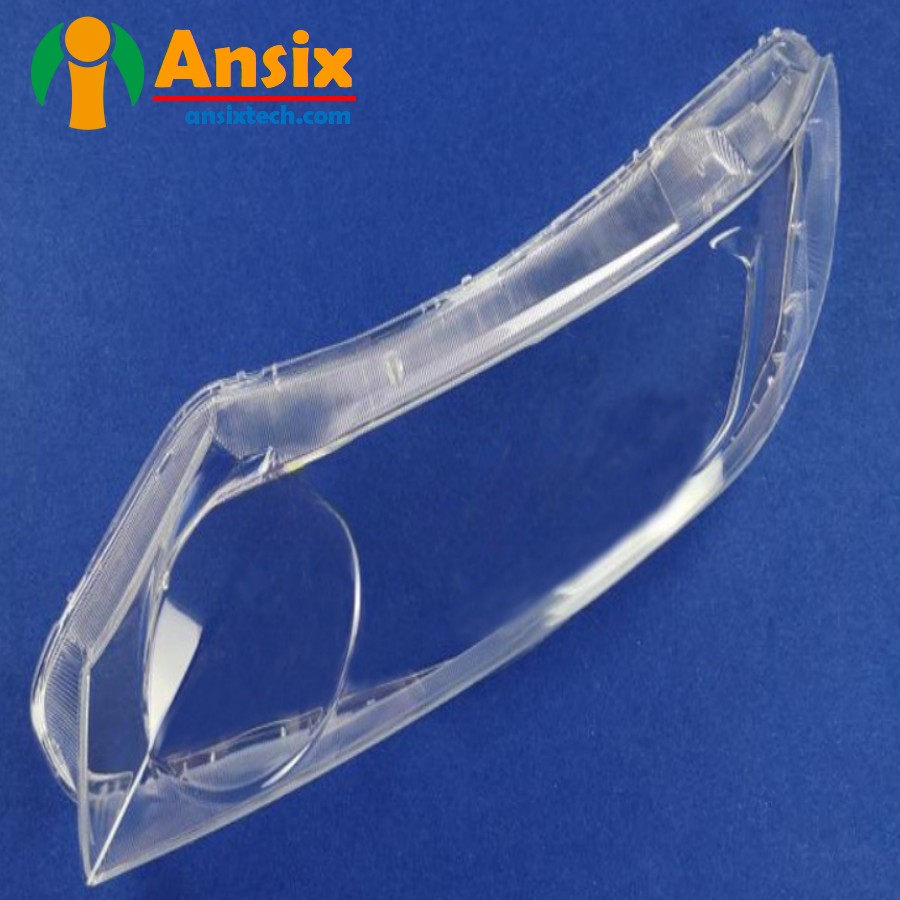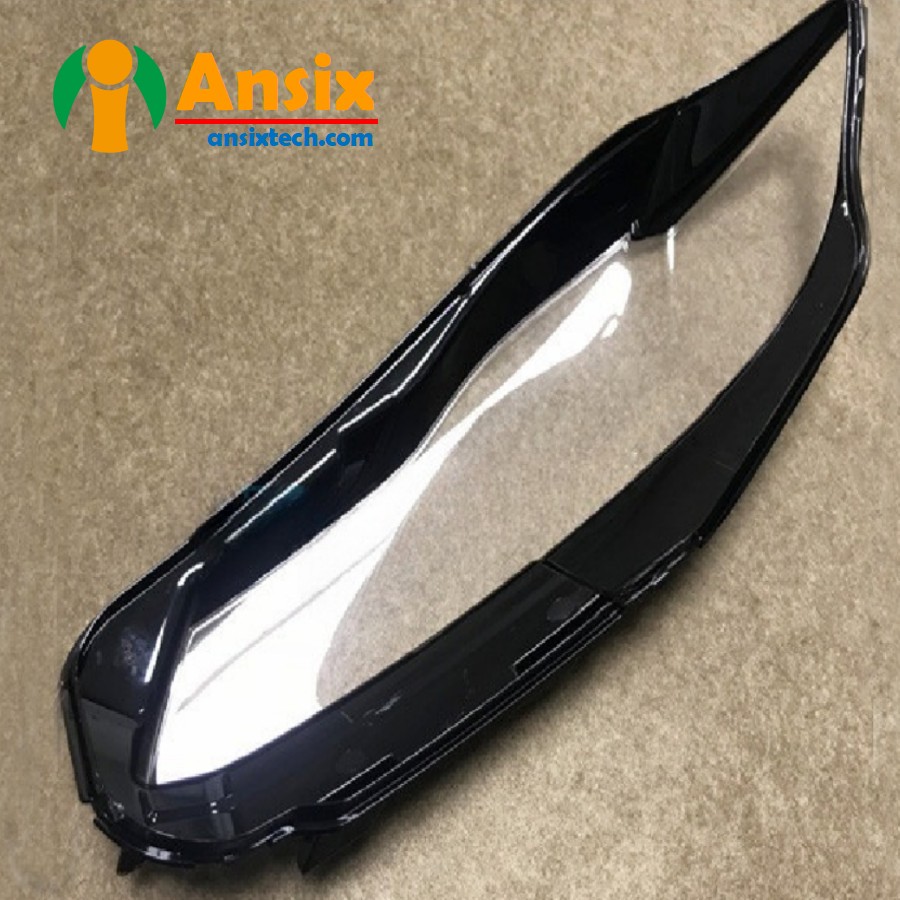5 Axis Machined Auto Head Lamp / Auto Lens Injection molding
FEATURES
-
Mold Description
Product Materials:
PC+PC
Mold Material:
2344H
Number of Cavities:
1*2
Glue Feeding Method:
Hot runner
Cooling Method:
Oil cooling
Molding Cycle
42.5s
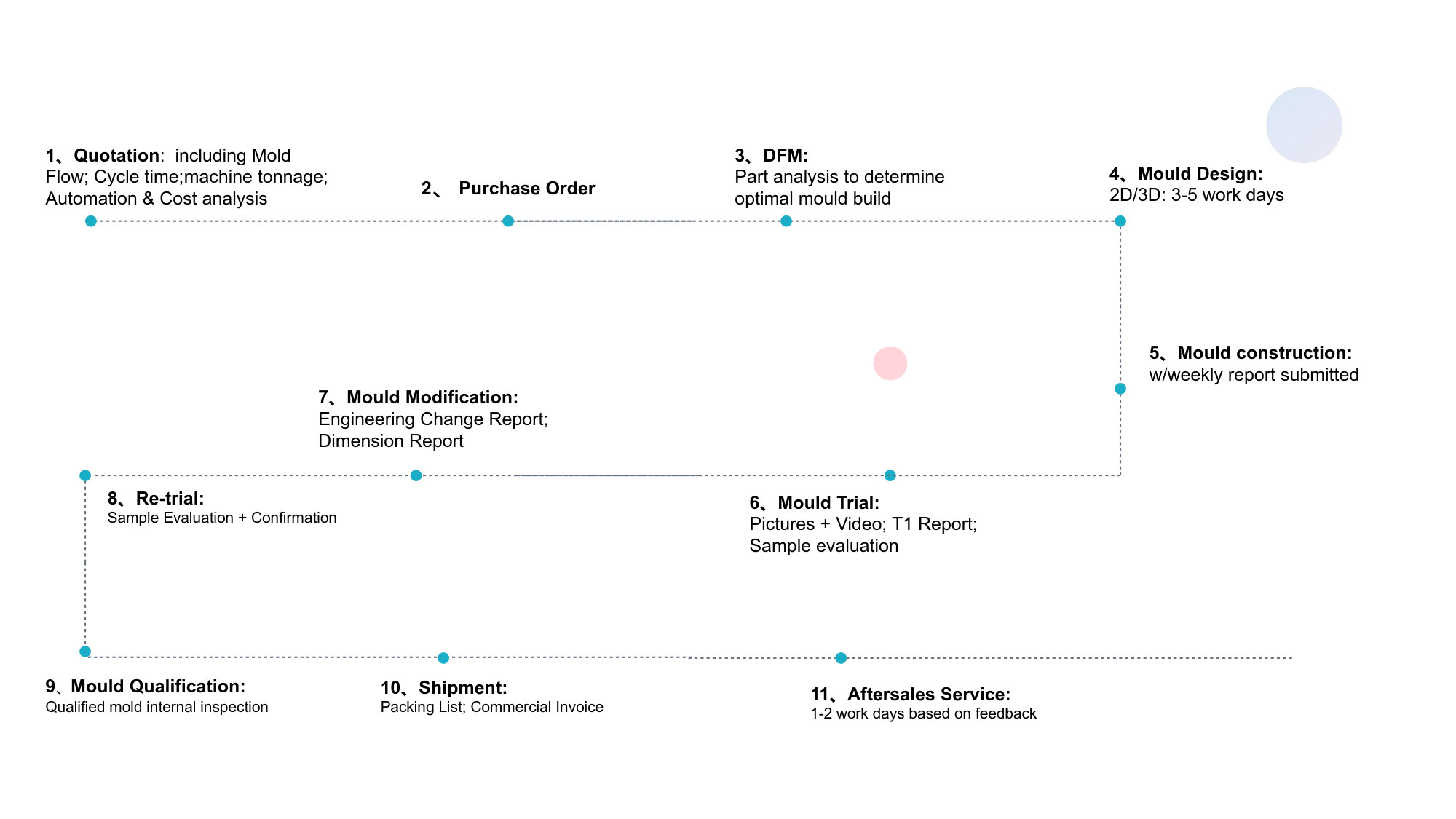
- Mold design and mold flow analysis of automobile headlights/headlight lenses are key links in the manufacturing of automobile parts. Here are some of the key design and analysis aspects involved in a general case:Key points of mold designLens structure design: Car headlight lenses usually have complex curved surfaces and structures, and mold design needs to ensure that these complex shapes can be accurately formed.Material Selection: Selecting a suitable lens material usually requires good transparency, high temperature resistance and weather resistance.Cooling system design: Design a reasonable cooling system to ensure that plastic materials can be cooled quickly during injection molding and reduce quality problems caused by uneven deformation and shrinkage.Gate design: Reasonable gate design can ensure uniform melt filling and reduce defects such as bubbles and short injection.Mold processing accuracy: Mold processing requires high precision to ensure the size and surface quality of the final product.Mold flow analysis detailsFilling Simulation: Simulate the filling process of melt in the mold cavity, and evaluate parameters such as filling time, filling pressure, and filling speed to predict possible defects such as poor filling, bubbles, and short injections.Cooling Simulation: Considering the complex structure of the lens, cooling simulation needs to be performed to evaluate parameters such as cooling time, temperature distribution and shrinkage to ensure uniform cooling of the entire lens and reduce the effects of uneven deformation and shrinkage. Quality issues.Thermal Stress Analysis: Since lenses are usually large, thin-walled plastic parts, thermal stress needs to be analyzed and a reasonable structure and cooling system designed to reduce the impact of thermal stress on product quality.Mold structure optimization: Based on the mold flow analysis results, the mold structure is optimized, including optimization of the cooling system, gate design, etc., to improve product molding quality and production efficiency.The above are the general key points of mold design and mold flow analysis. These processes and analyzes are critical to ensuring the production quality and efficiency of automotive headlight lenses.
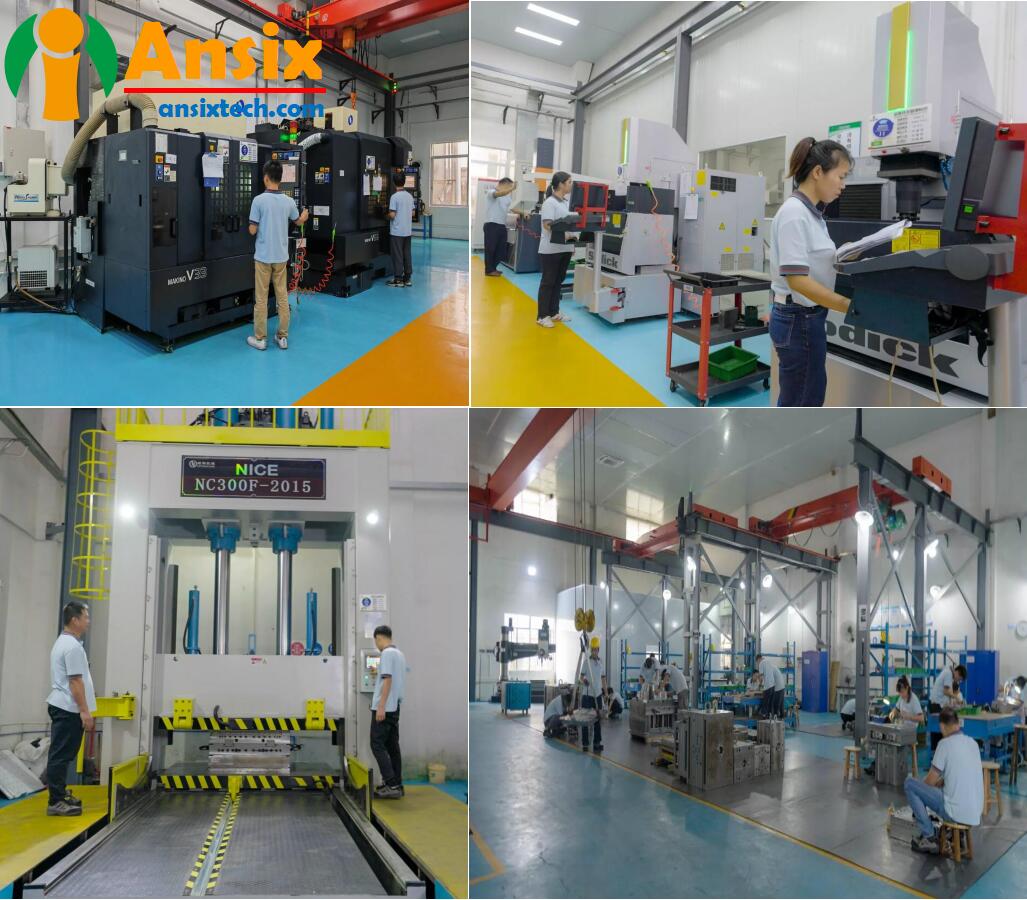
- The difficulties in mold manufacturing and processing of automobile headlights/headlight lenses mainly include the following aspects:Complex curved surface processing: Automotive headlight lenses usually have complex curved surface designs. Mold processing requires precise processing of complex curved surfaces and details, which requires high processing equipment and technology.High precision requirements: As an important part of the automotive lighting system, automobile headlight lenses have high requirements for the dimensional accuracy and surface quality of the lenses. Mold processing needs to ensure the dimensional accuracy and surface finish of the lenses.Material selection: Lens materials need to have good optical properties, high temperature resistance and weather resistance, which poses challenges to material selection and processing difficulty.In terms of lens material selection, engineering plastics with good optical properties, high temperature resistance and weather resistance are usually selected as the material for automobile headlight lenses. Common lens materials include:PC (polycarbonate): It has good light transmittance and high temperature resistance and is often used in the manufacture of automobile headlight lenses.PMMA (polymethyl methacrylate): It has good transparency and optical properties and is suitable for the manufacture of some automobile headlight lenses.These materials have good optical properties, high temperature resistance and weather resistance, and can meet the requirements of automobile headlight lenses during use. At the same time, during the mold manufacturing process, it is necessary to select appropriate mold materials based on specific lens material characteristics and product requirements, and use advanced processing equipment and techniques to ensure the processing accuracy and surface quality of the mold. At the same time, for automobile headlight lens molds with complex structures, advanced processing techniques and technologies need to be combined to ensure the processing quality and performance of the molds.
- The mass production of mold injection molding for automobile headlights/headlight lenses and the automated configuration of injection molding need to be combined with the actual production conditions to ensure production efficiency and product quality. The following are some possible production and quality control measures:Injection molding mass productionAutomated production line: Introduce automated production lines and robot operations to improve production efficiency, reduce manual intervention, and reduce production costs.Intelligent injection molding equipment: Use intelligent injection molding equipment to achieve high-speed, high-precision injection molding, improving production efficiency and product consistency.Quick Mold Changing System: Use a quick mold changing system to reduce mold changing time and improve production line utilization.Online quality monitoring: Introduce online quality monitoring equipment to monitor product size, appearance, etc. in real time, and detect and handle abnormalities in a timely manner.Injection molding automation configurationAutomatic feeding system: The automatic feeding system is adopted to realize automatic supply of raw materials, reduce manual operations, and improve production efficiency.Automated gate cutting: Use automated gate cutting equipment to realize automatic cutting and processing of gates and improve production efficiency.Automated cleaning system: Introduce an automated cleaning system to automatically clean injection molds and equipment to ensure the cleanliness and hygiene of the production environment.Production process quality controlInjection molding process parameter control: Strictly control the injection molding process parameters to ensure stable product molding quality.Product size inspection: Use automated size inspection equipment to conduct online inspection of product size to ensure product size stability.Appearance quality inspection: Introduce automated appearance quality inspection equipment to conduct online inspection of product appearance to ensure stable product appearance quality.Quality Record Traceability: Establish a complete quality record traceability system to record and trace quality data during the production process to ensure product quality is controllable.Through the above measures, the injection molding mass production efficiency and product quality of automobile headlights/headlight lenses can be improved, ensuring that products can meet market demand and improving the competitiveness of enterprises.


